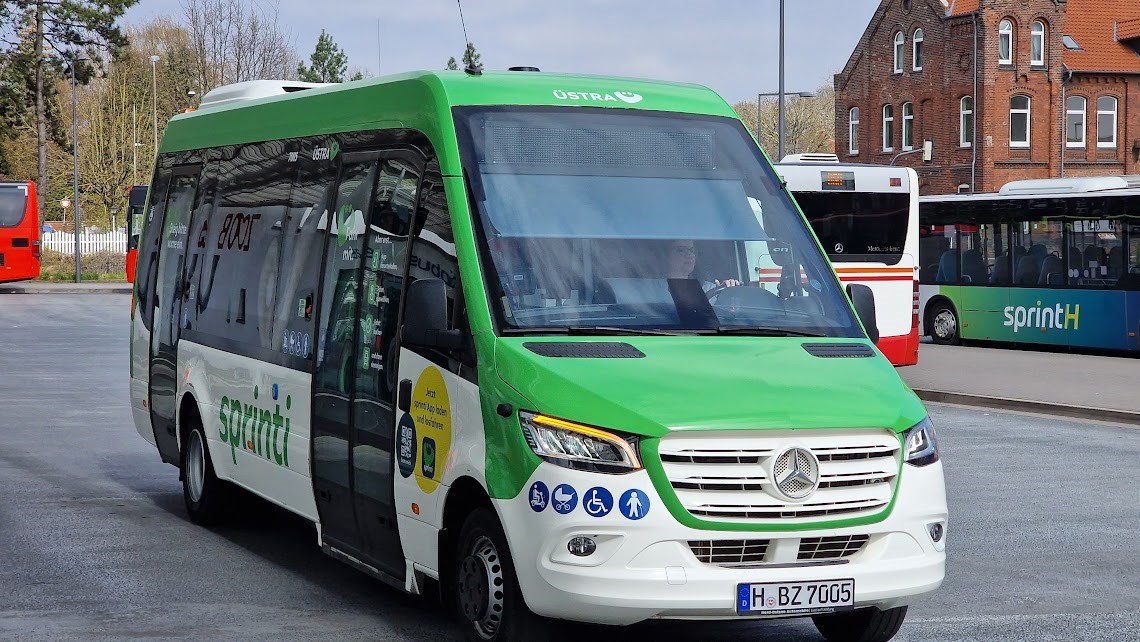
Mapping of Demand Responsive Transport (DRT) services in Europe
Public transport services without fixed timetables or routes where passengers book their journeys individually —commonly referred to as Demand Responsive Transport (DRT) or on demand public transport—are increasingly becoming an integrated component of public transport systems across Europe. Eva-Lena Eriksson from Linköping University has conducted a mapping of DRT services in Europe, with a particular focus on large-scale implementations featuring innovative operational models. Eva-Lena is affiliated with K2’s Policy Lab for On-Demand Public Transport, and her findings are presented in the recently published K2 report Mapping of Demand Responsive Transport (DRT) Services in Europe.
Several large-scale DRT services have now been launched across Europe, characterised by extensive service areas, sizeable vehicle fleets, and high passenger volumes. Notable examples include TàD in the Paris region and Sprinti in Hanover. Services such as Callconnect and West Midlands Bus on Demand in the United Kingdom are integrated with school transport or paratransit services, while others form part of broader Mobility as a Service (MaaS) ecosystems, enabling passengers to plan and book entire multimodal journeys via a single application.
Eva-Lena’s mapping reveals significant variation among the services studied. Pick-up and drop-off points range from fixed bus stops and virtual stops to door-to-door service. Some services are fully integrated into existing ticketing systems, while others operate with separate fare structures—either fixed or distance-based. Several services, such as De Lijn Flex and Sprinti, are directly integrated with conventional fixed-route services and function as feeder or replacement services in sparsely populated areas.
“Demand responsive transport targets passengers who, for various reasons, lack access to fixed-route services. The aim is to enhance accessibility for those living on the periphery of public transport networks, as well as for elderly or mobility-impaired passengers,” explains Eva-Lena Eriksson.
Assessing the societal cost-effectiveness of these services has proven challenging.
“It is difficult to gain a comprehensive understanding of the costs and potential economic benefits, given the involvement of multiple stakeholders and funding sources. Moreover, it is hard to compare DRT with realistic alternatives—such as the cost of expanding fixed-route services in low-density areas,” Eva-Lena notes.
“To evaluate the societal value of DRT in Sweden going forward, we need to establish standardised methods for measuring and assessing costs at an early stage. Developing such standards is therefore a key focus within the framework of K2’s Policy Lab for On-Demand Public Transport,” she concludes.
Read the report:
Mapping of Demand ResponsiveTransport (DRT) services in Europe – K2
